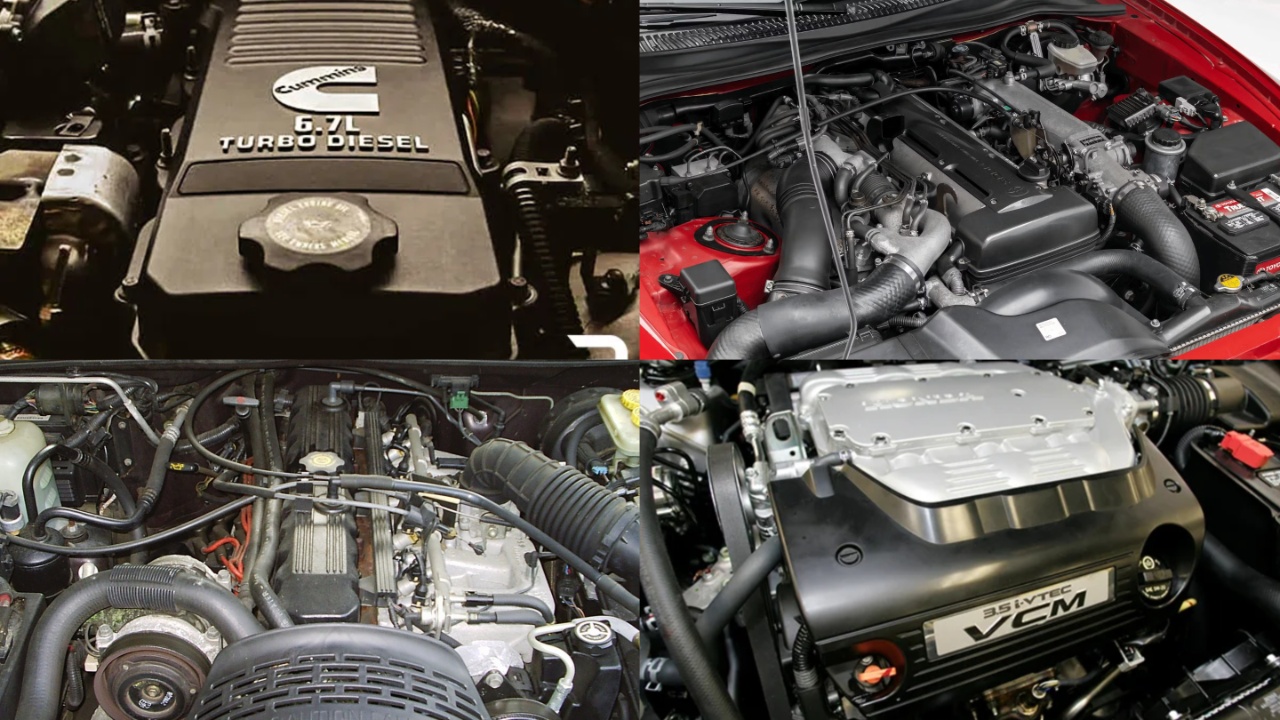For over a century, six-cylinder engines have played a pivotal role in the evolution of automobiles. Valued for their balance between performance and efficiency, they have powered everything from sedans to trucks and even aircraft. Automakers like BMW, Honda, and Ford embraced them for their versatility and reliability.
As the industry shifts toward electric and hybrid solutions, these engines are slowly becoming relics of a fading era. This summary revisits some of the most reliable six-cylinder engines ever made, highlighting their engineering brilliance and impact on the automotive world.
1. Honda J35: A Modern Marvel
The Honda J35 V6 engine debuted in 1998 and quickly became a staple in Honda’s lineup. Found in models like the Ridgeline, Pilot, and Passport, this 3.5-liter engine has proven to be both dependable and efficient.
Spanning three generations—J35A, J35Z, and J35Y—it continues to be used today, with the latest version powering the 2023 Honda Pilot.
Despite its longevity, issues are generally minor, such as oil leaks from the Variable Cylinder Management (VCM) system. Owners often report lifespans of over 200,000 miles, a testament to its exceptional engineering and ongoing relevance.
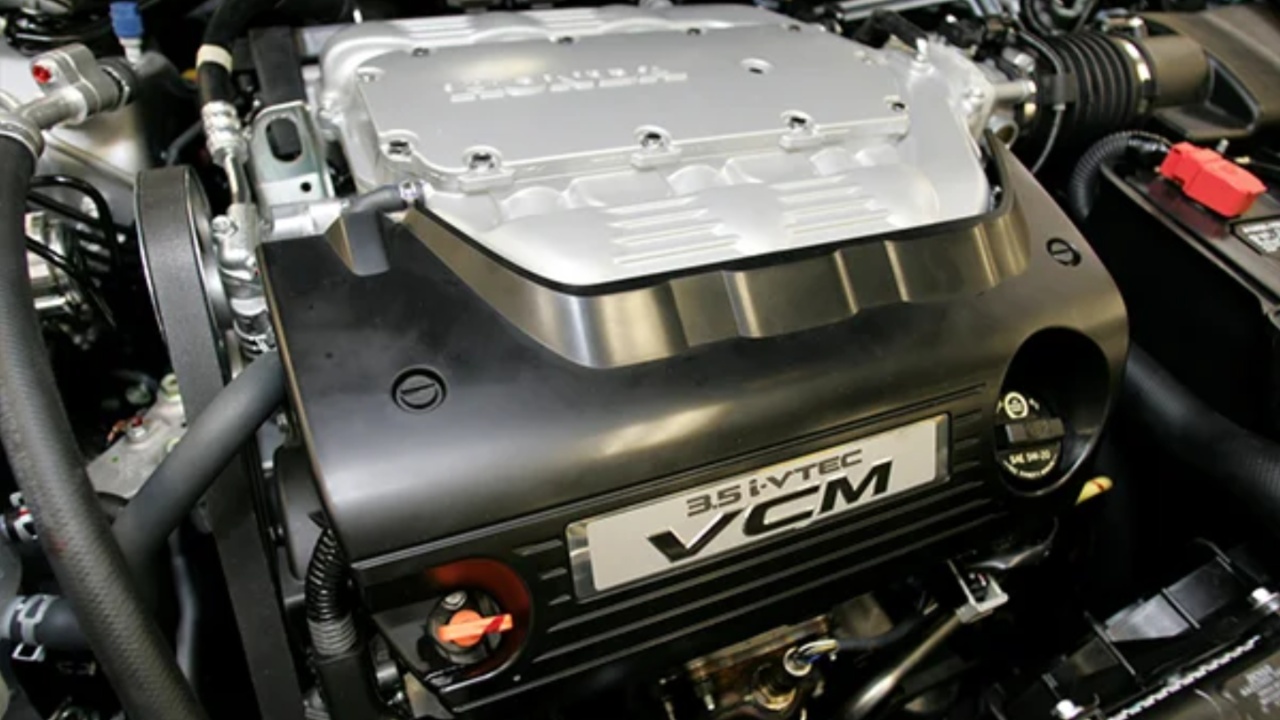
2. Buick 3800: GM’s Indestructible Workhorse
General Motors’ Buick 3800 engine is widely regarded as one of the most bulletproof engines ever produced. Used across multiple GM brands from 1988 to 2008, this V6-powered car, like the Buick Regal and Chevy Monte Carlo. Known for its durability, the 3800 often exceeded 250,000 miles with ease.
Designed with over-engineered components and easy serviceability, the engine was forgiving to both drivers and mechanics. Even in cases of extreme failure, the engine often kept vehicles running. The 3800 became a symbol of GM’s engineering reliability during its production years.
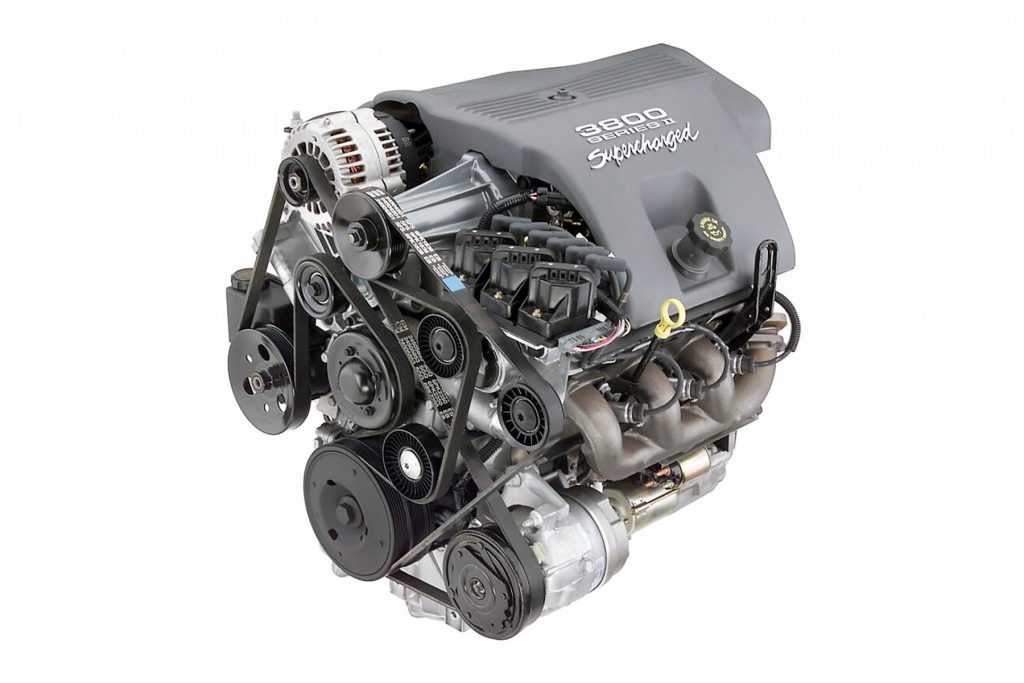
3. Honda C-Series: Performance Meets Endurance
Before the J-series, Honda developed the C-series—its first V6 engine lineup. Produced from 1985 to 2005, this engine powered notable vehicles such as the Acura NSX and Honda Legend.
With variants like the C30A and C32B leading the reliability charge, these engines were known for smooth power delivery and longevity. Although Honda retired the C-series nearly two decades ago, its legacy remains in high regard among enthusiasts.
The J-series picked up where the C-series left off, continuing Honda’s reputation for building rock-solid V6 powerplants. These engines highlight Honda’s mastery in balancing sportiness with dependability.
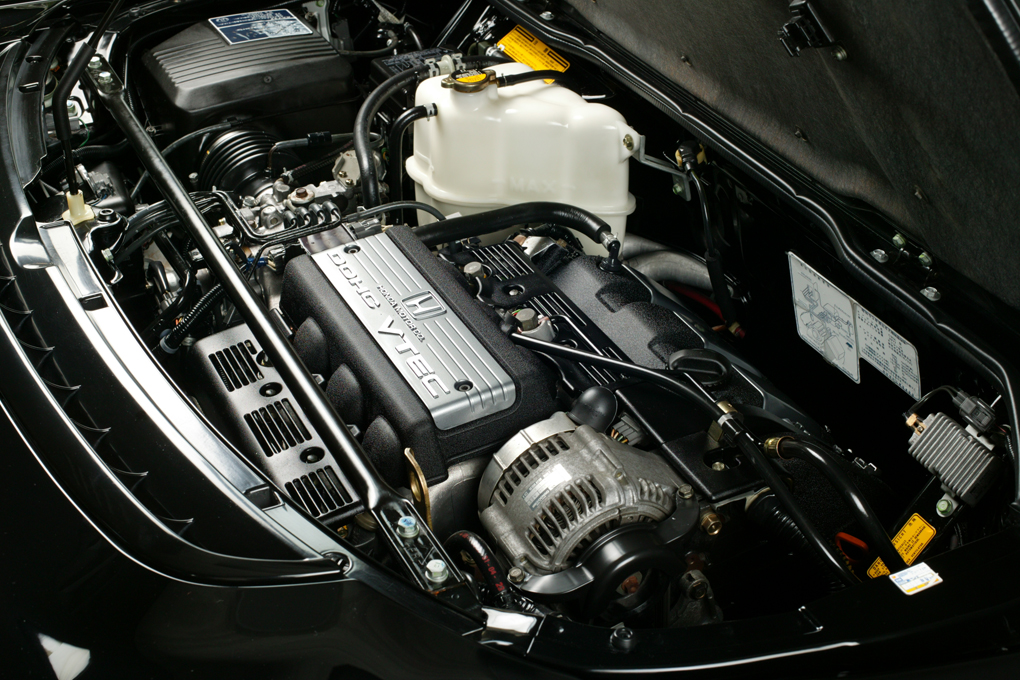
4. Chrysler Slant Six: Simplicity and Strength
The Chrysler Slant Six earned a legendary reputation for its simplicity and toughness. Built from 1960 to 1984, this engine powered a wide array of Chrysler vehicles, from trucks to compacts.
The engine’s distinctive angled design contributed to better airflow and ease of maintenance. While emissions regulations eventually reduced its power, its longevity remained unmatched.
Many examples surpassed 300,000 miles, making it a favorite among gearheads and budget-conscious drivers alike. Though outdated by modern standards, the Slant Six’s impact on American automotive history is undeniable, symbolizing an era when engines were built to last.
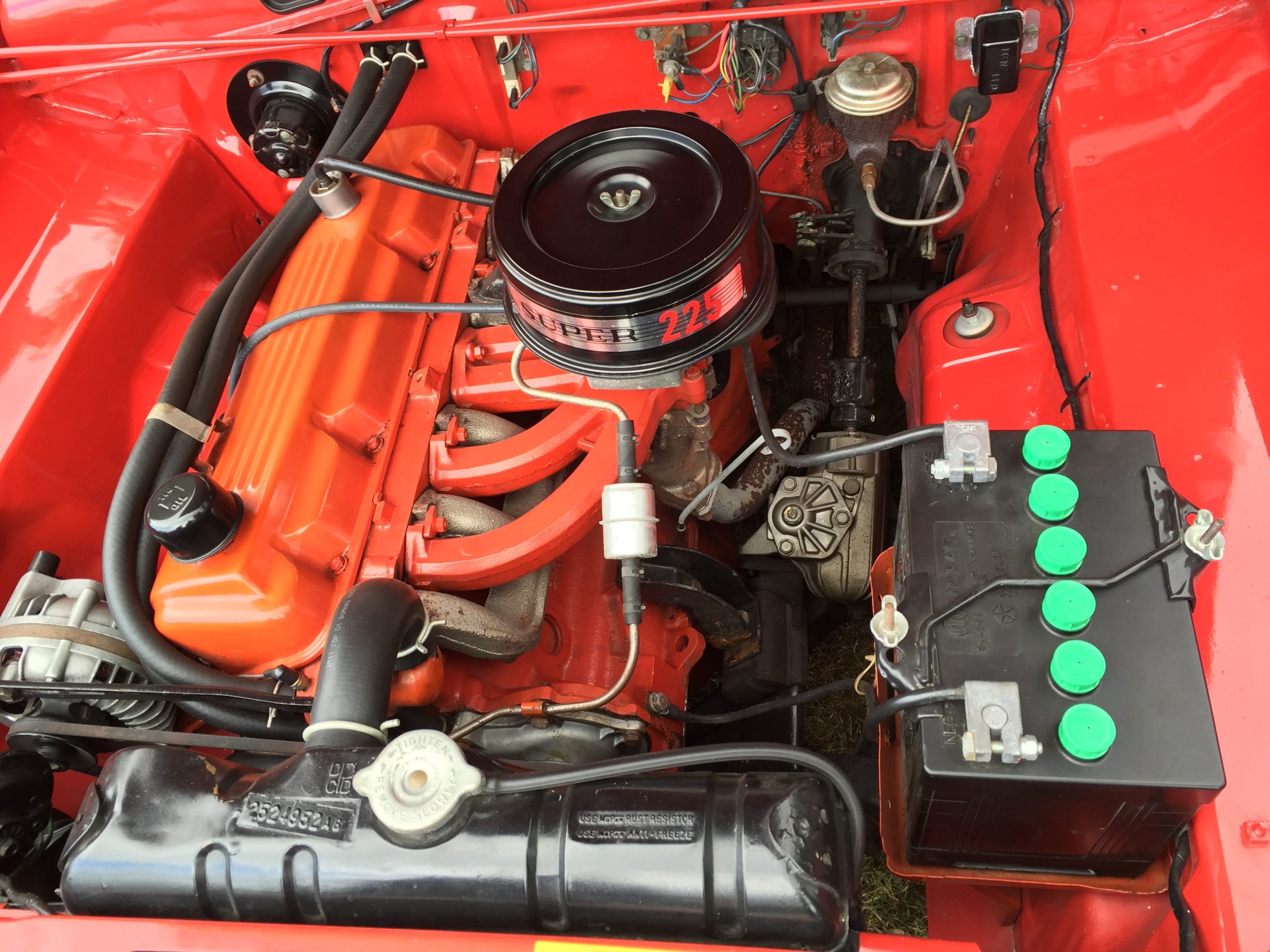
5. Ford 300: Built for Work and War
Ford’s 300 inline-six engine was a workhorse that refused to quit. Manufactured from 1965 to 1996, it powered everything from the F-Series trucks to tractors and even UPS delivery vans.
Known for its simplicity and ease of repair, the engine often outlived the vehicles it was in. It produced solid torque, making it ideal for towing and heavy labor. Despite being out of production for decades, many 300 engines are still in service today.
Its legacy continues to inspire admiration among Ford loyalists who appreciate its ruggedness and sheer mechanical willpower.
Also Read: 10 Best Electric SUVs in 2025 With Bulletproof Engineering & Luxury
6. Jeep 4.0 Inline-Six: The Trail Legend
The Jeep 4.0-liter inline-six engine, produced between 1986 and 2006, became iconic for its resilience under harsh conditions. It powered off-road favorites like the Wrangler, Cherokee, and Grand Cherokee. Renowned for its longevity, many of these engines surpassed 250,000 miles despite the brutal conditions of off-roading.
Its straightforward design allowed easy maintenance and repairs, making it a favorite among DIYers and Jeep purists. Although later replaced by less-loved successors, the 4.0’s legacy persists in the hearts of off-road enthusiasts who value its old-school toughness and reliability on rugged terrain.
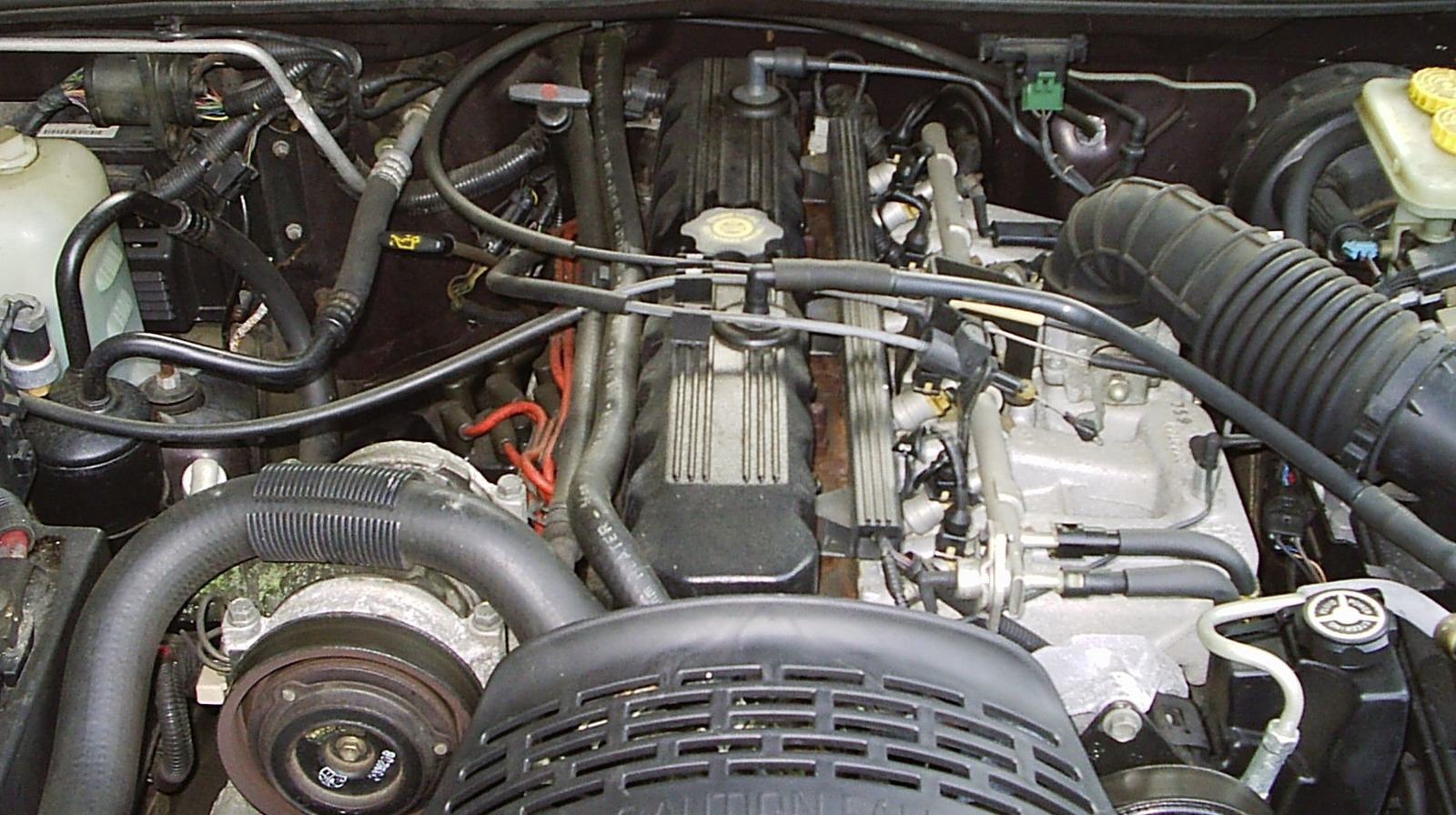
7. Ford EcoBoost 3.5 Cyclone: Modern Muscle
The Ford 3.5-liter EcoBoost Cyclone V6 is a modern engine with a legacy already forming. First introduced in 2007, this twin-turbocharged engine appears in a wide array of Ford and Lincoln vehicles, including the F-150 and Explorer.
While some early issues like water pump failures were reported, the engine has proven resilient when properly maintained. With hybrid variants and continued production, the Cyclone is on track to be one of Ford’s longest-lasting modern engines.
It delivers excellent power and fuel efficiency, bridging the gap between traditional combustion and the future of electrified drivetrains.
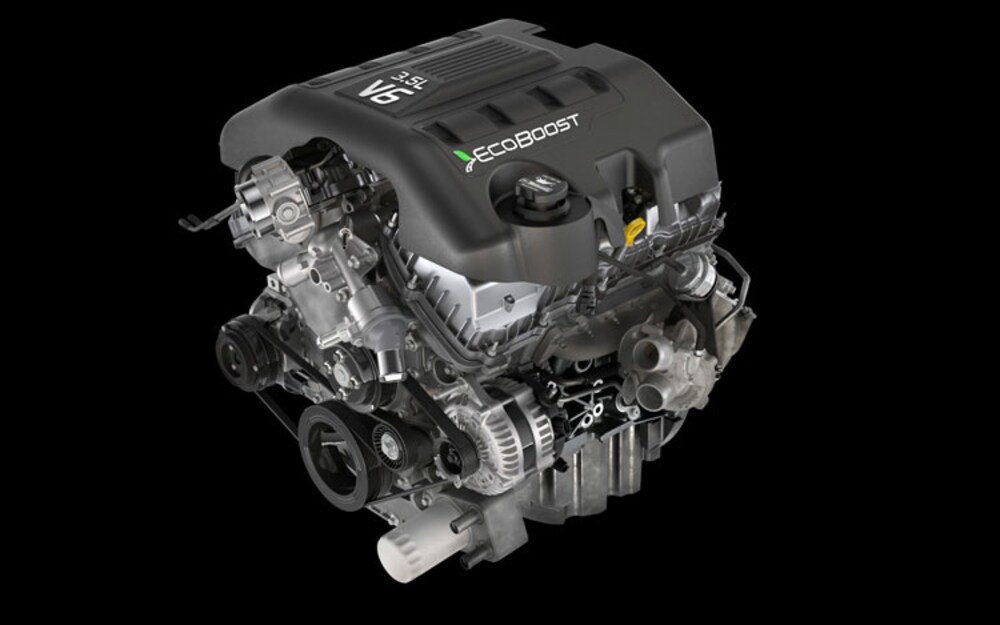
8. Nissan RB26DETT: A Racer’s Dream
Nissan’s RB26DETT inline-six engine was engineered for racing and lived up to its purpose. Developed for the Skyline GT-R in the late ’80s and early ’90s, it delivered reliability under high-boost, high-performance scenarios.
Nismo’s influence transformed it into a powerhouse, capable of handling extreme stress without breaking down. Although it wasn’t used in mainstream Nissan vehicles, the RB26DETT earned global fame in motorsports and tuner culture.
Its reintroduction in 2019 further cements its legendary status. The engine’s overbuilt nature and enduring fanbase reflect how engineering excellence can transcend generations.
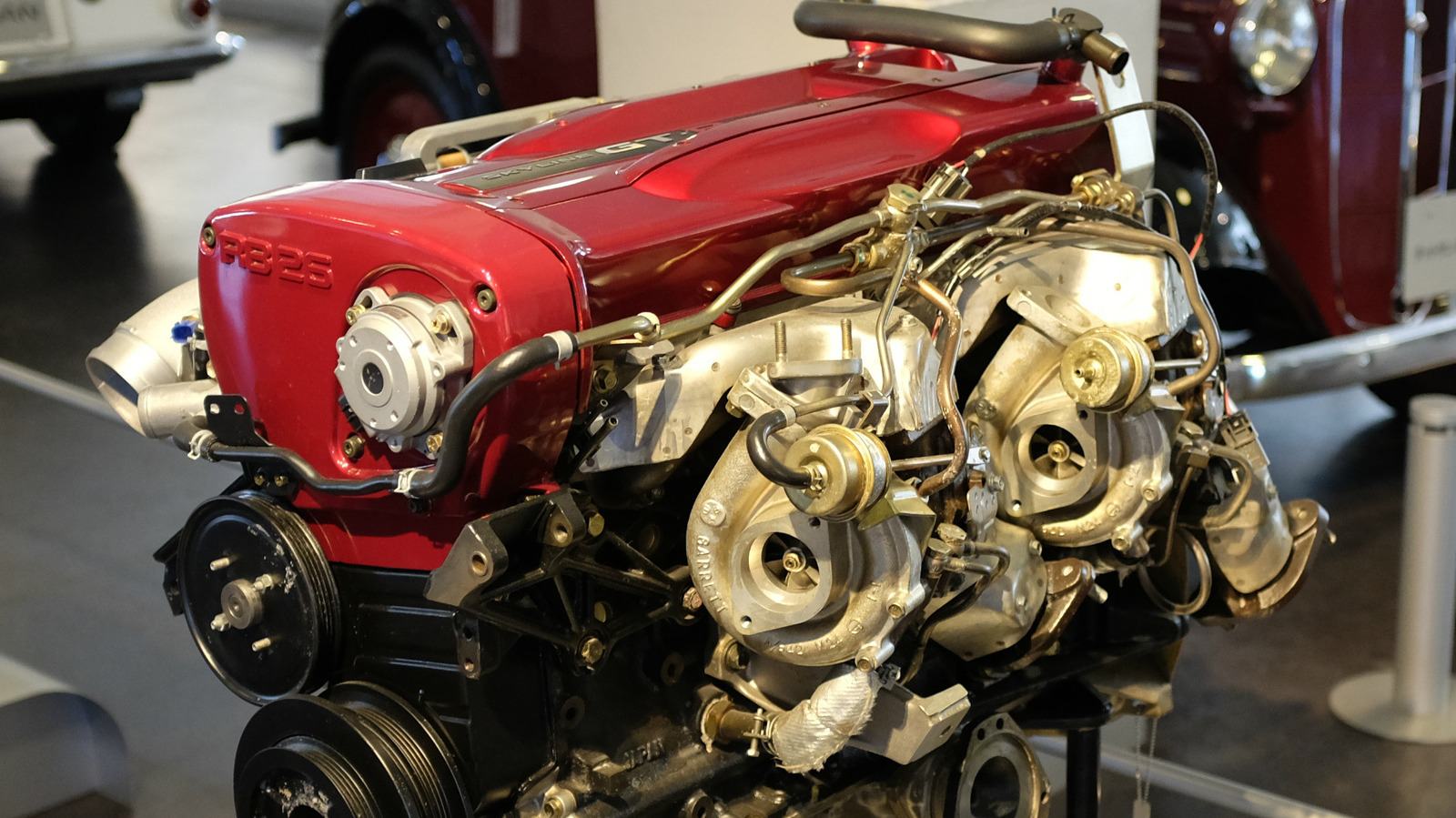
9. Toyota 2JZ-GE: Tuner’s Favorite
Toyota’s 2JZ-GE 3.0-liter inline-six, along with its turbocharged sibling the 2JZ-GTE, is a benchmark for reliable performance. Built from 1991 to 2007, it powered vehicles like the Supra, Lexus GS300, and Toyota Chaser.
This engine was revered not only for its ability to run reliably for over 250,000 miles but also for its incredible tuning potential. Modders frequently pushed the 2JZ beyond 1,000 horsepower on stock internals.
The engine’s reputation for strength, durability, and performance makes it one of the most iconic six-cylinders in automotive history. It embodies Toyota’s engineering precision and performance pedigree.
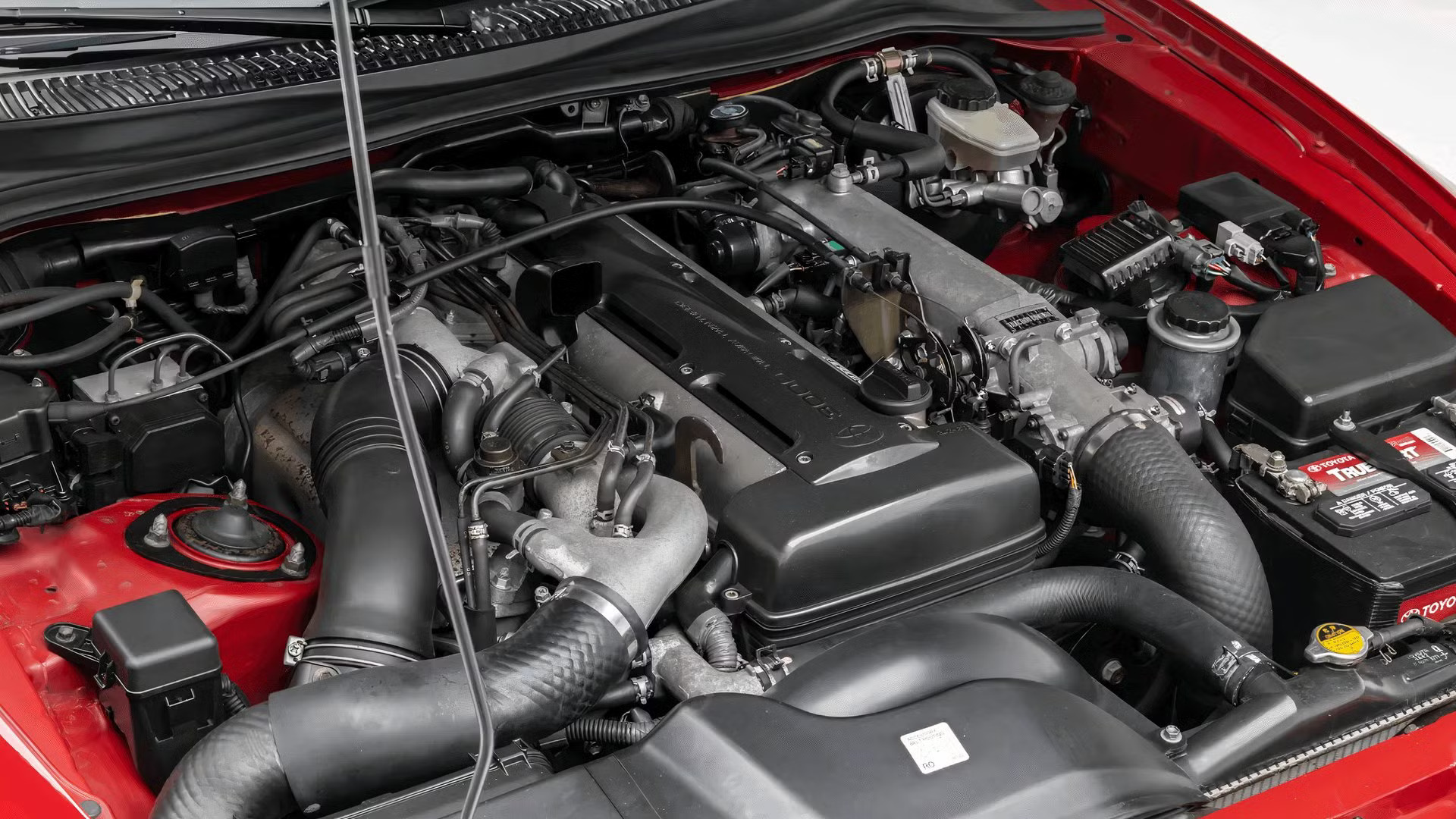
10. Cummins Diesel: The Indestructible Torque King
The Cummins 6.7L turbo diesel engine, long associated with Dodge Ram trucks, has a reputation for unstoppable durability. Introduced in 1989, it remained in production for over three decades.
Known for massive torque output and longevity, many Cummins engines have crossed the 600,000-mile mark. It excelled in heavy-duty applications, towing with ease while delivering surprising fuel economy.
Cummins’ secret lay in its robust design and diesel efficiency. Though now being phased out in favor of cleaner alternatives, it remains a benchmark for workhorse reliability. This engine defined an era of diesel dominance in American trucks.
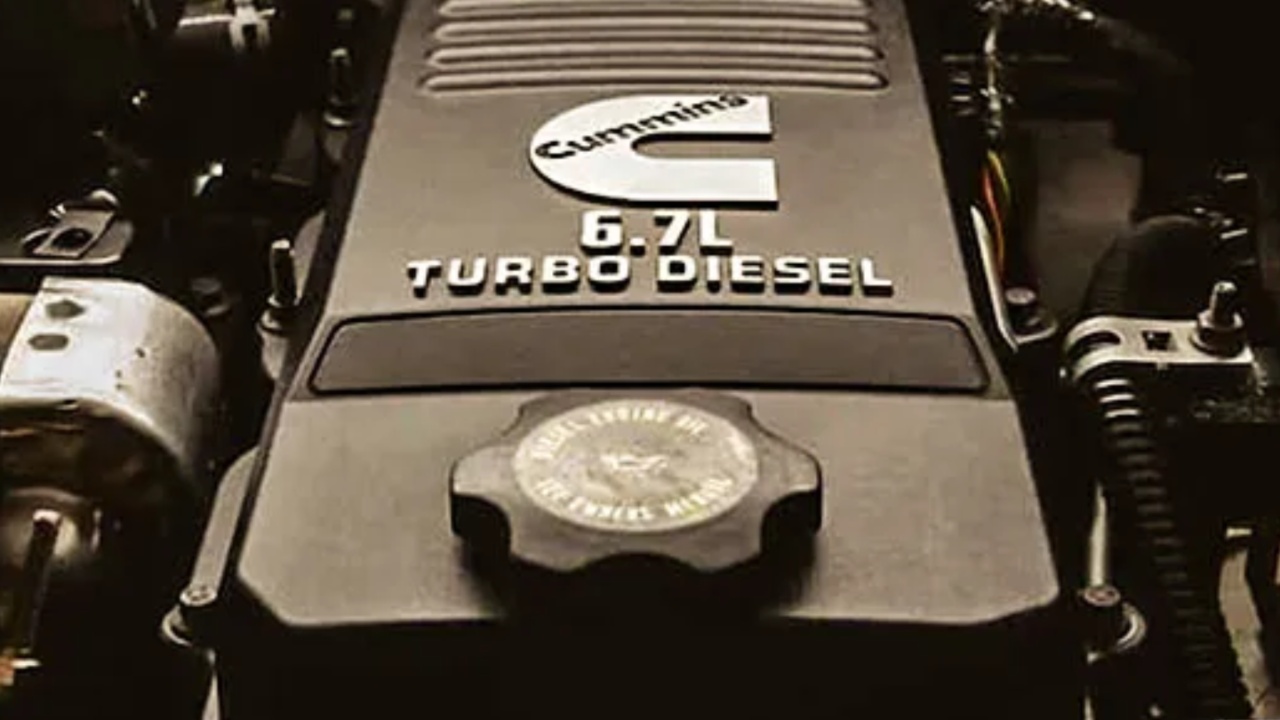
As automakers pivot toward electric and hybrid technologies, the six-cylinder engine’s golden age draws to a close. These powerplants have left an indelible mark on automotive history, powering everything from muscle cars to utilitarian trucks.
Engines like the Honda J35, Ford 300, and Toyota 2JZ have become symbols of endurance and performance. Their longevity proves that great engineering transcends trends.
While the future may be electric, the spirit of these engines will live on in classic car culture, restoration projects, and the memories of those lucky enough to drive them at their peak.
Also Read: 10 Best Hybrid Cars of 2025 That Balance Fuel Efficiency, Reliability, and Everyday Comfort

